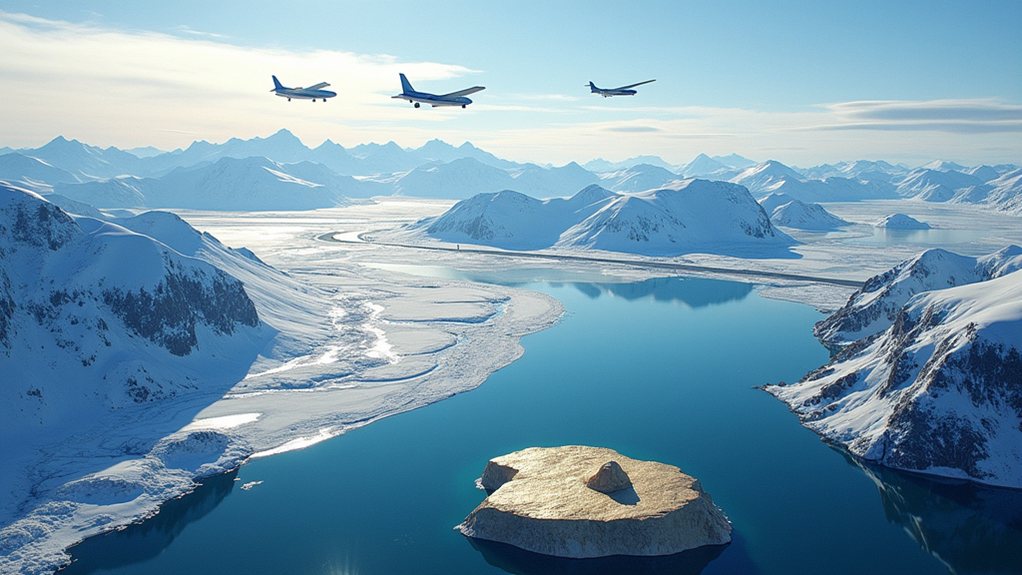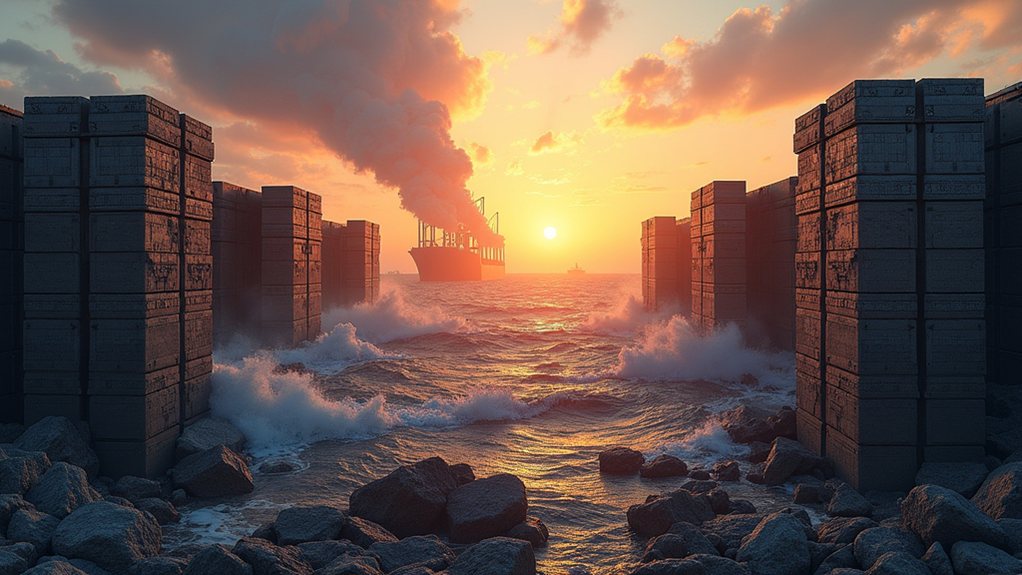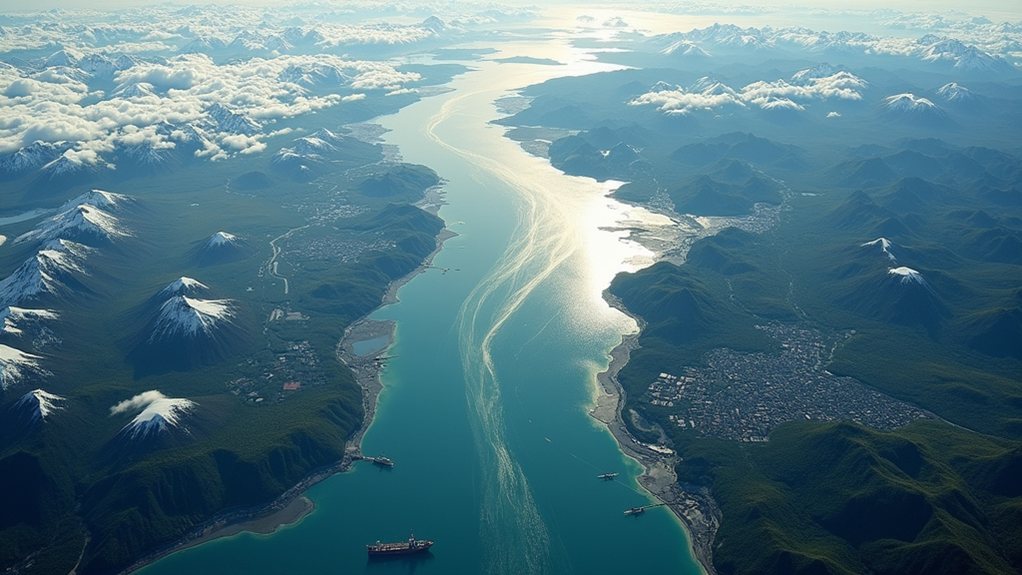As discussions about Greenland's future heat up, the island's economy hangs in the balance. With a GDP of $3.30 billion in 2019, Greenland relies heavily on fishery exports and financial support from Denmark. In 2017, Denmark allocated $535 million in subsidies, making up over 50% of Greenland's government revenue and 25% of its GDP. This dependence raises concerns about the island's economic stability and future.
Greenland's economy faces uncertainty, relying on fishery exports and significant Danish subsidies for stability.
Former President Trump first suggested buying Greenland in 2019. With his return to the White House anticipated in 2025, he has restated his interest. Trump sees Greenland as a strategic prize, citing its rich mineral resources and considerable geopolitical importance. He has even promised that Greenlanders would become "rich" if the U.S. acquired the island. Climate change is thinning Arctic ice, creating new trade routes that could further enhance Greenland's economic prospects.
In April 2020, the U.S. announced a $12.1 million aid package aimed at developing Greenland's economy and infrastructure. This assistance is part of a larger effort to invest in the island and reduce foreign influence, particularly from China. The potential for long-term investment could markedly change the economic landscape in Greenland, which is rich in vital raw materials.
Many Greenlanders favor independence from Denmark, viewing economic self-sufficiency as essential to this goal. Some believe that U.S. investment could lessen their reliance on Danish subsidies. This could also open the door for direct negotiations with the U.S. regarding future partnerships. Greenland's right to self-determination is supported by both Greenlandic and Danish authorities, highlighting the complex dynamics at play in discussions of independence.
However, responses to Trump's interest have been mixed. While some Greenlandic politicians and citizens see it as an opportunity for growth, others worry about losing sovereignty. Skepticism about Trump's motives remains strong.
If the U.S. becomes more involved, Greenland could see increased investment in mining, infrastructure, and tourism. This could boost the GDP and job market while reducing dependence on Danish financial aid. The potential integration into U.S. trade networks could also reshape Greenland's economic future.








